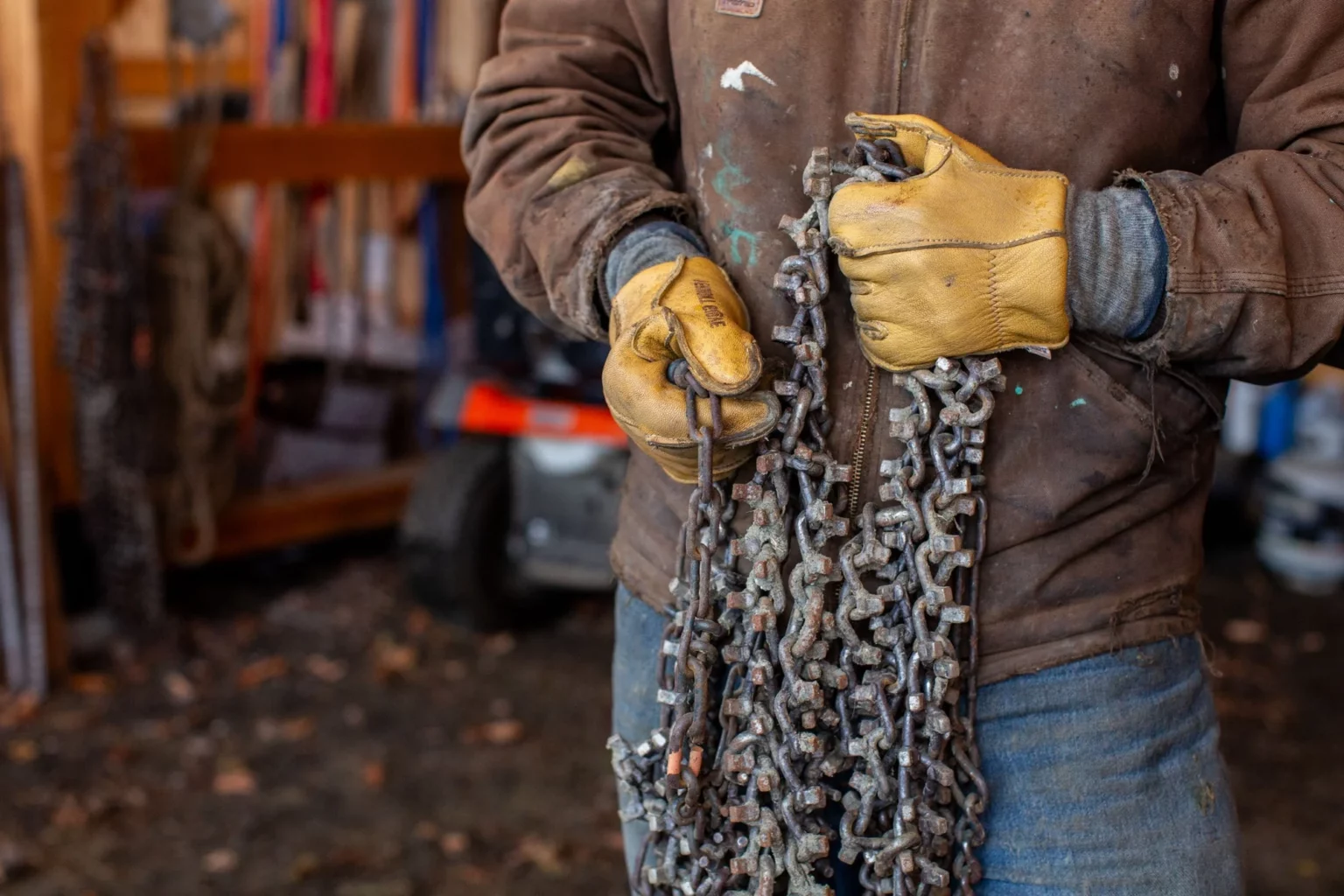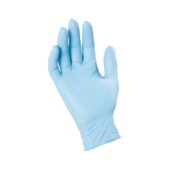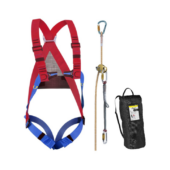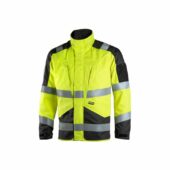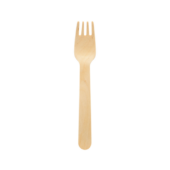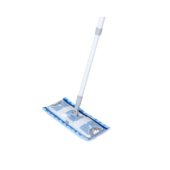Looking for the perfect leather winter work gloves to keep your hands warm, protected, and functional in cold weather? Let us guide you to the ideal choice.
This comprehensive guide promises to equip you with everything you need to make the best choice, tailored to your unique needs and work environment. With years of expertise in cold-weather workwear, we’ll guide you through leather types, insulation options, and maintenance tips.
Plus, we’ll help you prepare for your next challenge with insights into complementary gear like jackets and safety shoes. Start here and gain confidence in your decision!
Certifications and Standards for Leather Winter Work Gloves
Ensuring your gloves meet industry standards enhances their safety and quality, making them a reliable choice for winter tasks. In Europe, gloves are often certified under the following standards:
| Certification | Purpose | Details |
| EN 388 | Protection against mechanical risks. | Covers resistance to abrasion, cuts, tearing, and punctures. Essential for workers in industries like construction or metalworking. |
| EN 511 | Protection against cold. | Evaluates resistance to convective and contact cold as well as water penetration. Ideal for winter tasks in harsh winter conditions. |
For more information on these standards, visit this guide on Wikipedia.
Types of Leather Used in Winter Work Gloves
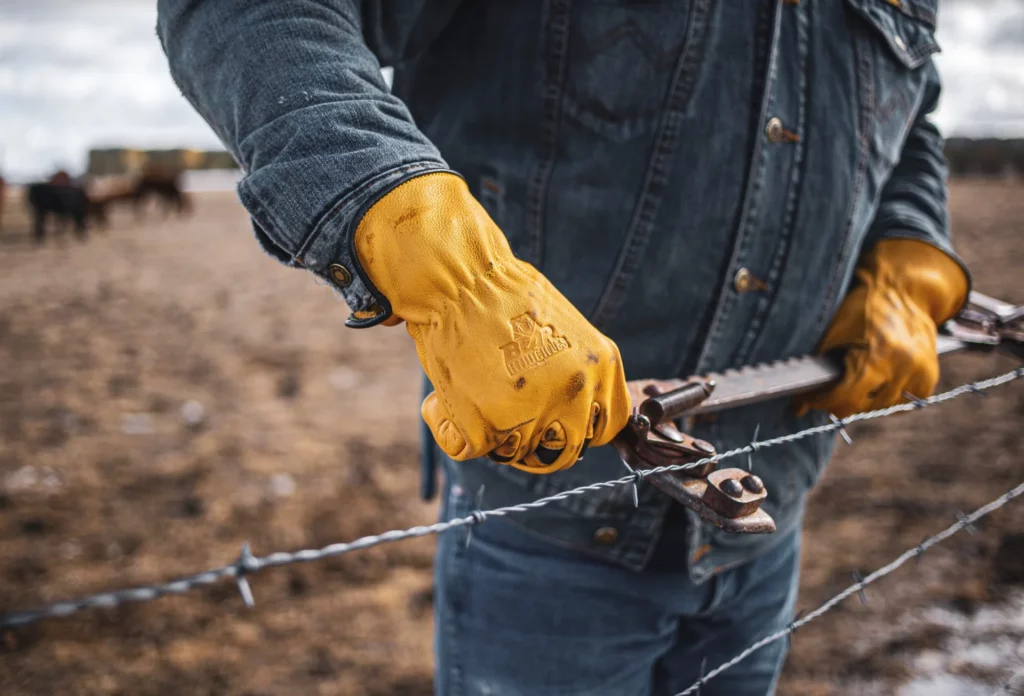
Different leathers offer varying benefits, and your choice depends on your work environment and needs. Below are practical examples of how each leather type performs in real-world tasks:
| Leather Type | Features | Best For | Practical Scenarios |
| Cowhide | High durability, abrasion resistance, and moderate flexibility. | Heavy-duty tasks like construction or farming. | Ideal for construction workers handling rough materials or farmers dealing with heavy machinery in cold weather. |
| Goatskin | Lightweight, water-resistant, and highly flexible. | Precision tasks in cold weather. | Perfect for electricians working in icy conditions, ensuring dexterity for wiring tasks. |
| Deerskin | Soft, comfortable, and highly insulating. | General winter use or tasks requiring all-day wear. | Excellent for delivery personnel working outdoors in freezing temperatures. |
| Pigskin | Excellent breathability and abrasion resistance. | Jobs requiring frequent hand movement in damp conditions. | Great for landscapers working with wet soil or snow-covered plants. |
Insulation and Lining Options
The insulation in your gloves determines how well they keep your hands warm. Consider these popular options:
1. Thinsulate:
- Thin yet effective, providing warmth without bulk.
- Ideal for tasks requiring precision.
2. Wool or Fleece:
- Naturally insulating and moisture-wicking.
- Best for extremely cold conditions.
3. Synthetic Liners:
- Quick-drying and lightweight.
- Suitable for wet environments.
Combine your leather choice with the appropriate insulation to achieve the best results for your needs.
Sizing and Fit
Proper fit ensures comfort, functionality, and safety. Follow these steps to determine the right size:
- Measure the circumference of your palm (excluding the thumb) in centimeters.
- Use the chart below to find your size:
| Hand Circumference (cm) | Glove Size (EU) |
| 17–19 | 7 (Small) |
| 20–22 | 8 (Medium) |
| 23–25 | 9 (Large) |
| 26–28 | 10 (X-Large) |
A snug fit is essential for dexterity, while slightly looser gloves may provide extra warmth.
Waterproofing and Maintenance
With proper care, leather gloves can offer extended durability and performance. Here’s how to maintain them:
- Waterproofing: Apply a leather-specific waterproofing agent to protect against snow and moisture.
- Cleaning: Use a damp cloth to wipe away dirt. Avoid submerging leather in water.
- Conditioning: Regularly apply leather conditioner to prevent cracking and maintain flexibility.
When to Choose Thermal vs. Insulated Gloves
Sometimes you may come across terms like thermal gloves or insulated gloves while shopping. These often refer to the same category, but subtle differences exist:
- Thermal Gloves: Focus on heat retention and may lack additional padding.
- Insulated Gloves: Feature layers of material like Thinsulate for extra warmth.
Related Winter Workwear
Leather gloves pair well with other cold-weather gear. Explore:
- Winter Safety Shoes for full foot protection.
- Winter Work Jackets to stay warm and mobile.
- Winter Work Pants for added insulation.
- Winter Overalls for complete coverage.
For detailed buying guides on these categories, check out:
Where to Buy Leather Winter Work Gloves
Shop our curated selection of Winter Work Gloves to find a variety of options designed for comfort and durability. With a variety of styles and materials, you’re sure to find the perfect pair.
Conclusion
We hope this guide has provided you with useful insights to confidently choose the best leather winter work gloves tailored to your needs. From understanding leather types to selecting the perfect insulation, you’re now equipped to make an informed decision.
Explore our main article for a deeper dive into cold-weather gloves, and remember, when it’s time to gear up further, Droppe has you covered with a full range of winter workwear solutions designed to meet your every need.
– The Droppe Team
Frequently Asked Questions (FAQ)
With proper care, high-quality leather gloves can last several years. Regular cleaning, conditioning, and waterproofing help extend their lifespan.
Yes, they are versatile for both outdoor tasks in cold conditions and indoor work that requires warmth and protection.
Look for reinforced palms and fingers, grip-enhancing coatings, cut resistance materials, touchscreen compatibility, and secure cuff closures.
Ensure a proper fit, choose breathable linings, select flexible leather types, regularly condition the leather, and consider layering with thin liners if needed.
Yes, many modern leather gloves include touchscreen-compatible fingertips, allowing you to use devices without removing them.

